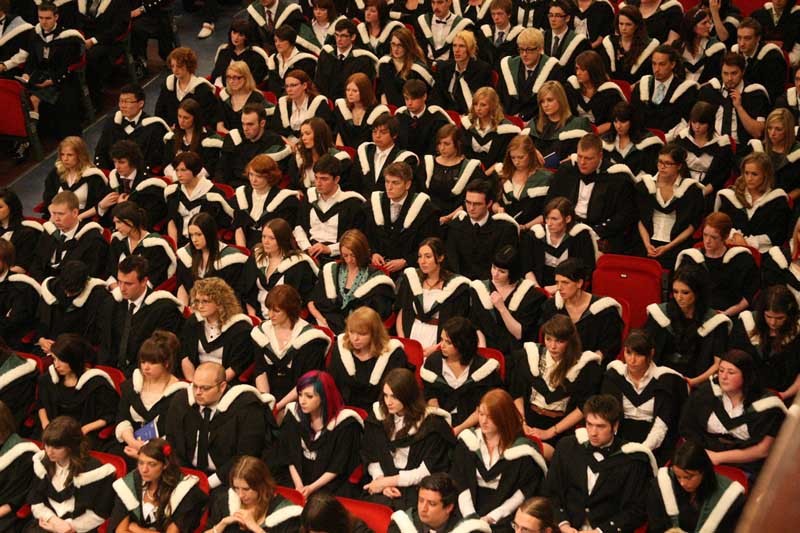People living in Angus and Dundee are more likely to go to college or university than the average Scot.
But figures released on Thursday show Perth and Kinross residents are less likely to enter further or higher education.
The Scottish Funding Council looked at participation rates across all 32 Scottish local authorities in 2009/10, the most recent year for which data is available.
It found that nationally 56.4 people per 1000 were studying at college, either full-time or part-time. The trend has been for more people to study full-time.
Angus easily beat that with a rate of 81.3 per 1000, with Dundee on 69.6 and Fife on 59.0. However, Perth and Kinross had one of the lower rates, on 46.5.
The research also found that 54.3 Scots in every 1000 were at university. Dundee’s rate was 59.3 per 1000 higher than Edinburgh and Glasgow while Angus was also above average on 54.9.
However, Fife’s rate was 50.1 and Perth and Kinross was on 49.3.
The study also found that women continue to outnumber men at college and university, but the gap is narrowing.
In 2005/06, 68% of women aged 16-19 went into tertiary education, 7% higher than the figure for men. By 2009/10 the participation rate for young women had risen to 69% but the gap with the men had closed to 5%.
Researchers also found an increase in the proportion of students coming from the most deprived areas.
SFC chief executive Mark Batho said, “The improving trends shown in this report are welcome, but there is still more to do.”
A separate study found that 44.3% of 17-year-olds in Scotland went into higher education in 2009/10, up from 43.0% the year before.
